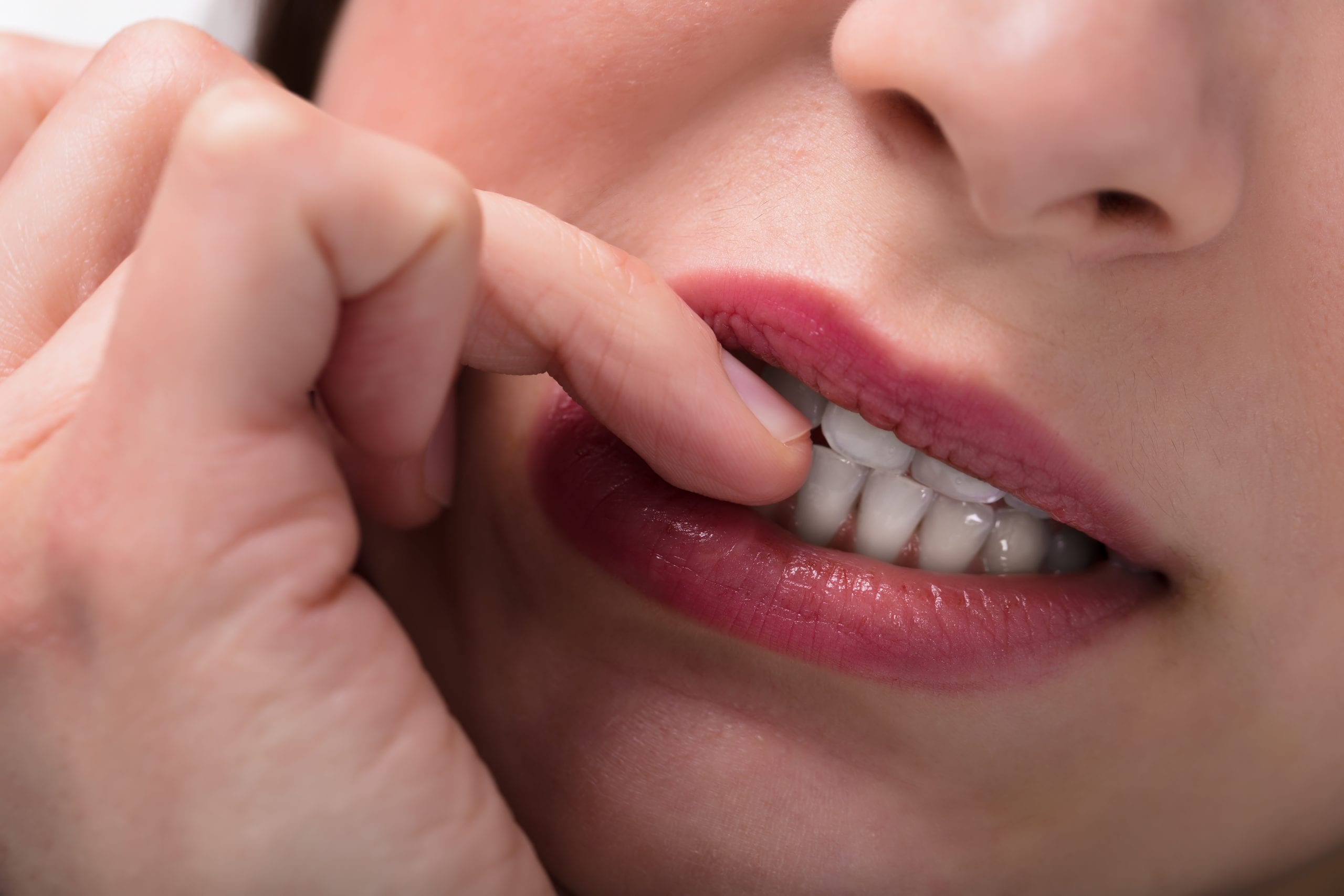
Nail Biting Clarity Clinic
How do people stop biting their nails? When you're a chronic nail biter, you often want to stop — and may have even made multiple attempts to quit, without success. Bur people with onychophagia can't stop the behavior on their own.
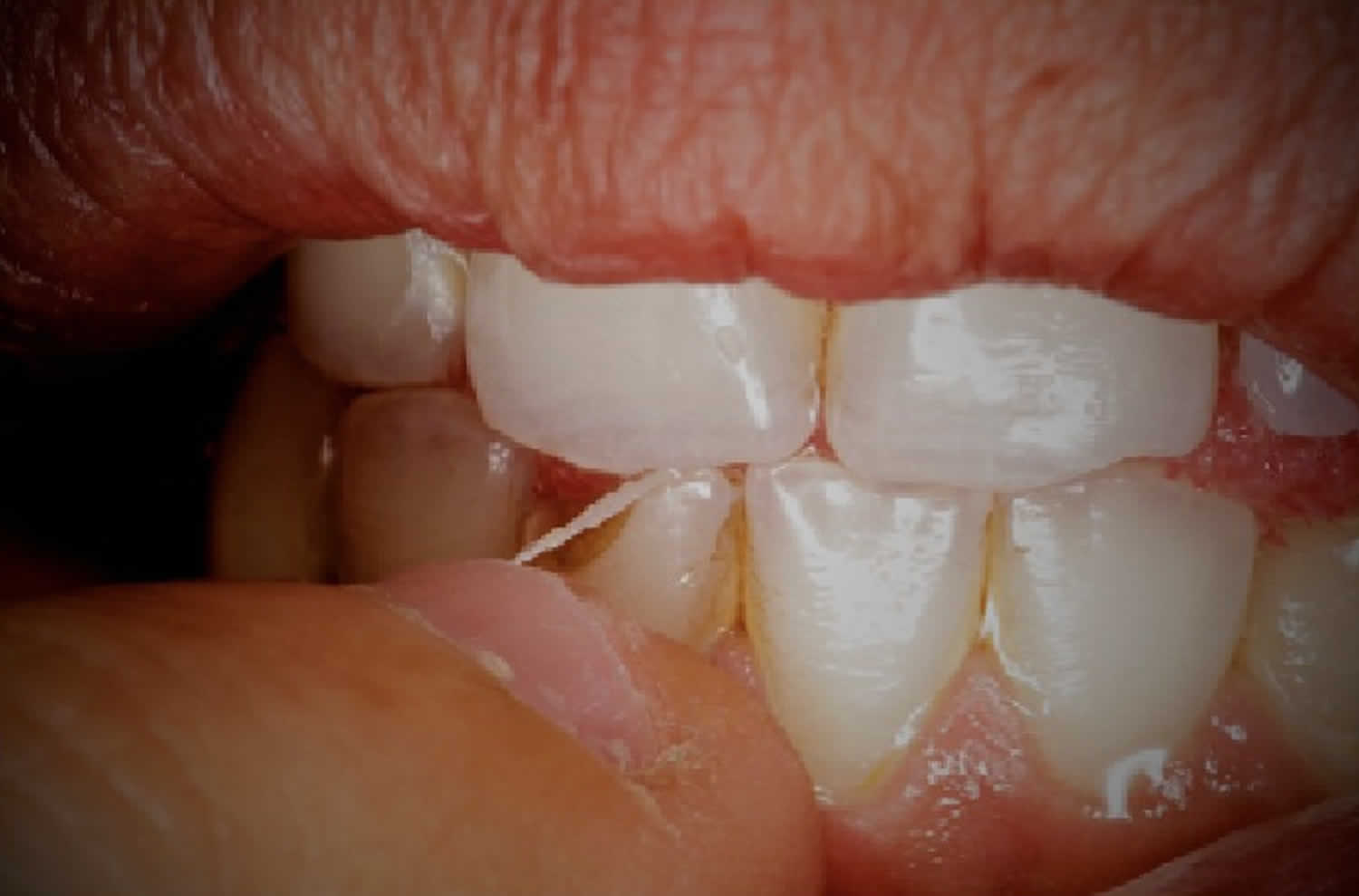
Nail biting habit in children and adult, causes and nail biting treatment
Prevalence and etiology. The current literature estimates the prevalence of nail biting at 20% to 30% of the general population (Halteh et al., 2017, Pacan et al., 2014).Nail biting is more prevalent in children, with one study noting a 37% prevalence among individuals age 3 to 21 years (Winebrake et al., 2018) Fig. 1.Leung and Robson (1990) describe a downward trend in prevalence as affected.

Nail biting Stock Image M245/1234 Science Photo Library
Meilleurs Ouvriers de France. Meilleur Ouvrier de France, commonly called MOF, means "best craftsman of France" and it is a title that is awarded to the best of the best. The concept was created in 1924, a way to preserve and promote traditional crafts and encourage those engaged in them. There are now more than 200 categories of awards for.
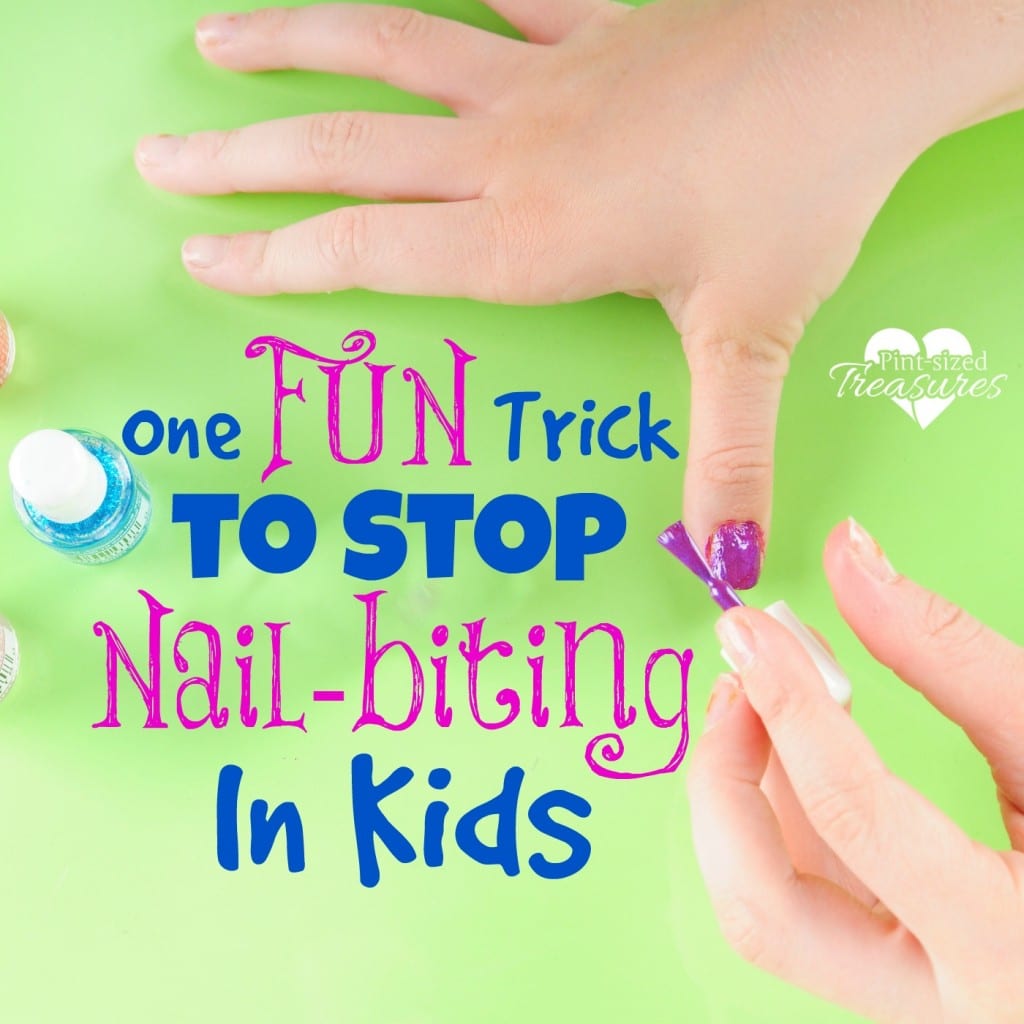
How to Stop Nailbiting One Trick to Stop Nail Biting · Pintsized Treasures
Body-focused repetitive behaviors (BFRBs) refer to recurrent and chronic behaviors inflicted upon the body (like nail biting and hair pulling) that often result in physical damage. Examples of BFRBs include: Trichotillomania (hair-pulling disorder) Excoriation/Dermatillomania (skin-picking disorder) Onychophagia (nail biting)

went so long without biting my nails. totally ruined it lol (anxiety/adhd is why I bite them
Scientific Definition. ADHD nail biting is known as "onychophagia.". It's a behavior often observed in children with Attention Deficit Hyperactivity Disorder ( ADHD ). Onychophagia is the repetitive and sometimes compulsive act of biting or chewing one's nails. This habit can be triggered by anxiety, restlessness, or inattention, which.
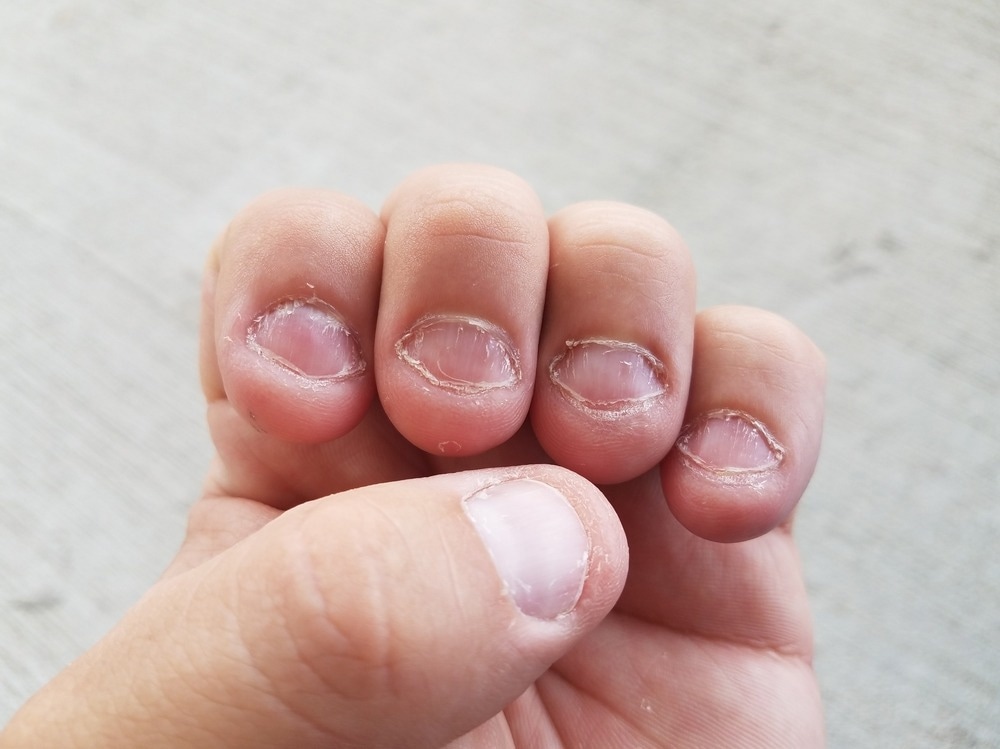
The Psychology Behind Nail Biting
feelings of shame, embarrassment, anxiety, or guilt, often related to the appearance of physical damage to skin and nails caused by biting fear of others seeing one's nails or being disgusted.
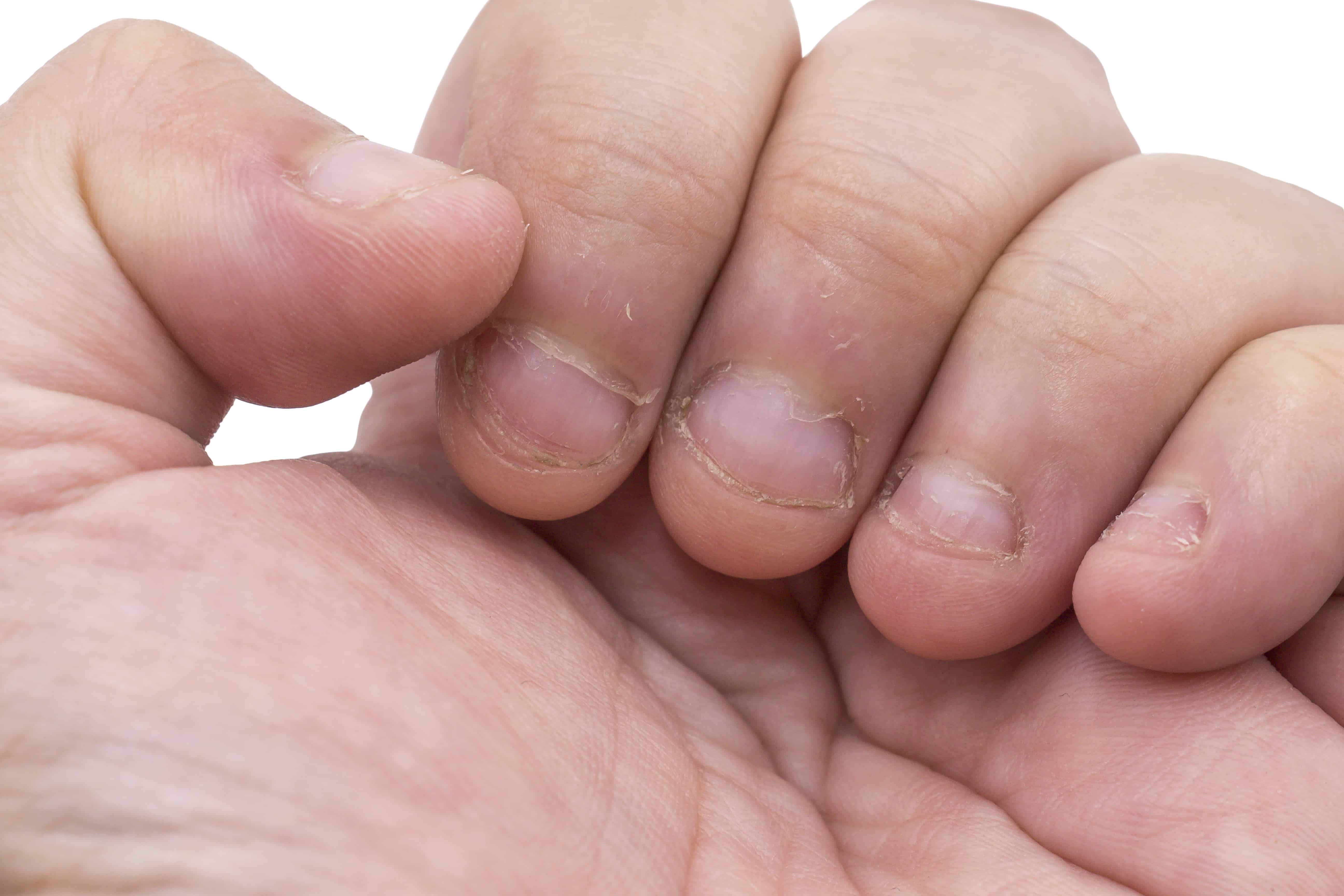
Nail Biting Dermatologist Cape Town Dr Matete Mathobela
Sep 17, 2021 — 5 min read Article tags: Personal narrative Sensory processing Dopamine Table of contents: Body-focused repetitive behaviors (BFRBs) The link between ADHD and body-focused repetitive behaviors The vicious cycle of ADHD and hair-pulling or nail-biting Why are ADHDers prone to body-focused repetitive behaviors?

Research Finally Reveals The Real Reason We Bite Our Nails
Results. Nail biting is common amongst children and adolescents referred to a child and adolescent mental health clinic. The most common co-morbid psychiatric disorders in these children were attention deficit hyperactivity disorder (74.6%), oppositional defiant disorder (36%), separation anxiety disorder (20.6%), enuresis (15.6%), tic disorder (12.7%) and obsessive compulsive disorder (11.1%).

After Reading The Hazards And Adverse Effects Of Nail Biting You Will Never Bite Your Nails Again
Introduction: Nail biting is a common habit that affects people of all ages, often serving as a response to stress, anxiety, or nervousness. While it is generally considered a harmless behavior, recent research has shed light on a potential link between nail biting and Attention Deficit Hyperactivity Disorder (ADHD).

His Finger Is Severely Infected Nail Biting Addiction Day in the Life Working Mom YouTube
Body-focused repetitive behaviors, or BFRBs, are a set of disorders categorized by self-grooming routines that essentially go awry. These include pulling, picking, biting, or scraping one's.

ADHD u dzieci i dorosłych eDoktorzy ERecepta EZwolnienie
"Nail Biting! Skin Picking! Hair Pulling! Understanding Body-Focused Repetitive Behaviors with ADHD" [Video Replay and Podcast #386] Access the video replay, listen to the podcast episode (#386), download the slide presentation, and learn how to get a certificate of attendance for this ADHD Experts webinar originally broadcast on January 26, 2022.
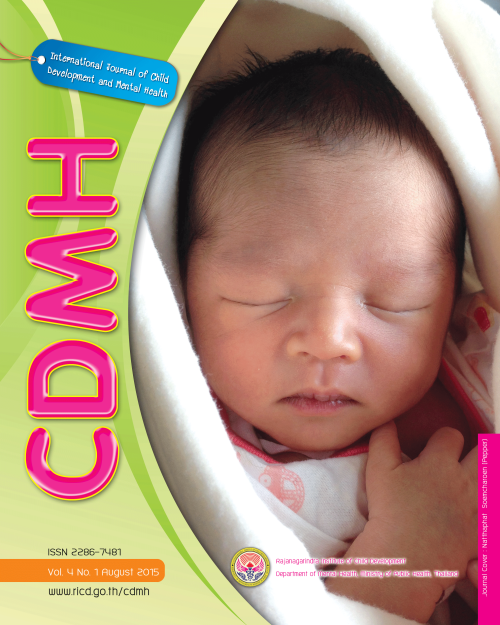
Factors Influencing Nail Biting Habit in Children with ADHD International Journal of Child
Body-focused repetitive behaviors, such as hair pulling, skin picking, and nail-biting, are commonly occurring behaviors, with rates ranging from 14 to 60 percent of the population. 1-4 BFRBs.
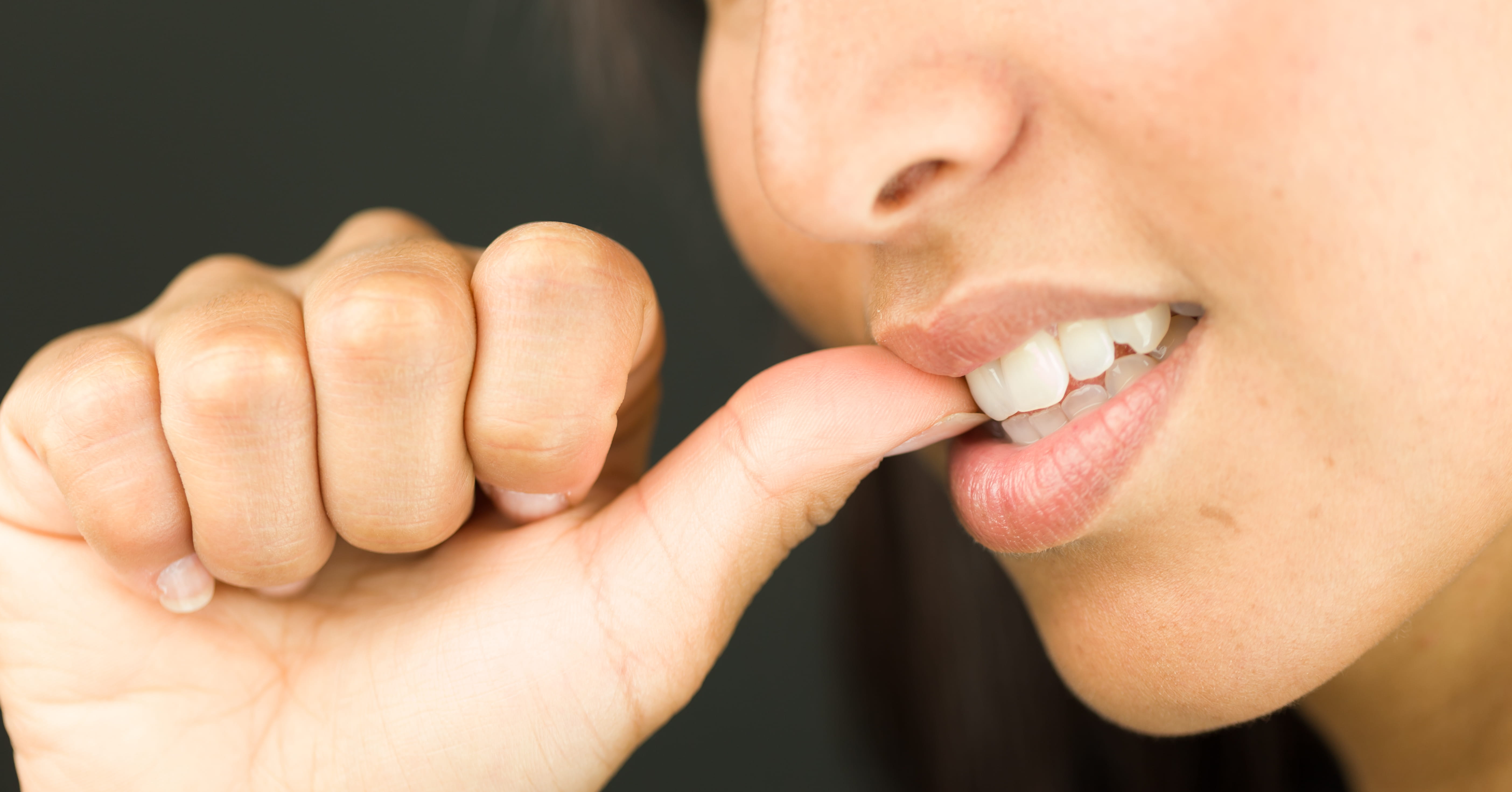
Is Biting Your Nails Actually Dangerous? Banner Health
Stimming, or self-stimulatory behavior, such as nail-biting, humming, or rocking, can be a very common human behavior and is often observed in people of all ages, backgrounds, and abilities.
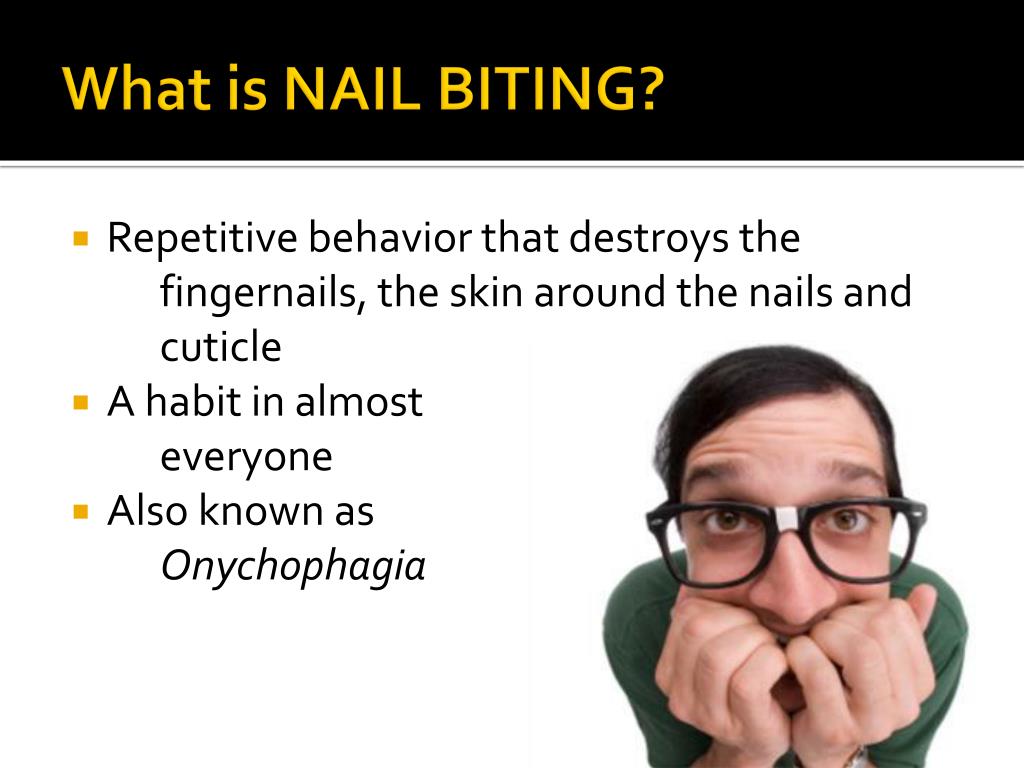
PPT NAIL BITING PowerPoint Presentation, free download ID1851297
BFRBs comprise a variety of behaviors, including skin picking; skin biting; hair pulling; nail biting; nose picking, and similar activities involving the inside of the mouth, cheek, inner lip or tongue. The conditions range from mild to severe and play out differently depending on the child.
/GettyImages-462539777-5a402842b39d03003721104c.jpg)
Strategies To Stop Kids From Biting Their Nails Radio Sargam
ADHD stimming is when a person with ADHD displays self-stimulatory behavior by repeating certain sounds and movements unconsciously. There are many different examples, including lip biting, rocking back and forth, humming, teeth grinding, or chewing gum.. For instance, rather than chewing on your nails or biting the insides of your mouth.

went so long without biting my nails. totally ruined it lol (anxiety/adhd is why I bite them
Almost everyone stims: think hair twirling or nail-biting. For folks with conditions such as autism or attention deficit hyperactivity disorder (ADHD), stimming may be harder to control,.